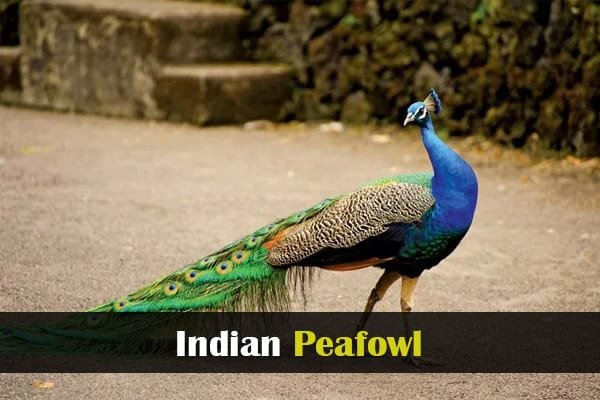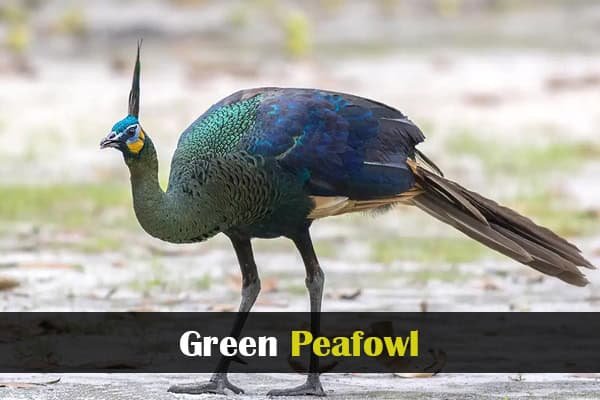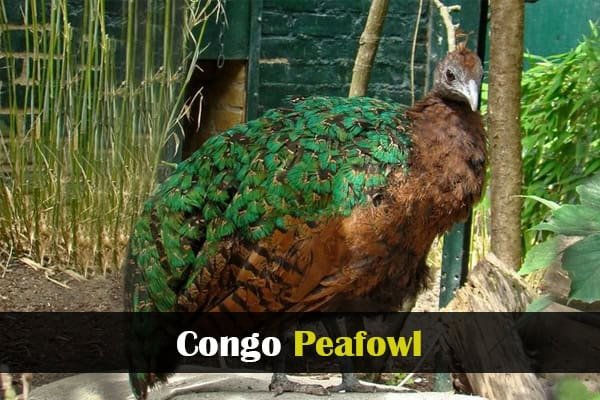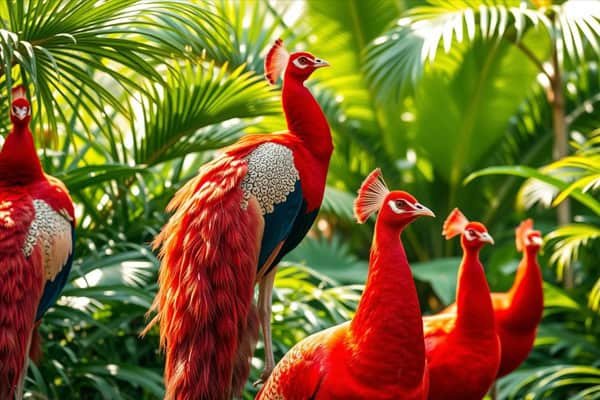Have you seen pictures of red peacock with their bright feathers? You might wonder if these birds really exist in nature.
About 80% of people think red peacocks are real. But there’s a surprising truth about these colorful birds. The Indian peafowl is known for its stunning colors. It’s often confused with the peacock. But, does a purely red peacock really exist?
In this article, we’ll dive into the world of peacocks. We’ll look into the red peacock and find out the truth about it.
Key Takeaways
- You’ll learn about the natural colors of the Indian peafowl.
- Discover the truth behind the existence of red peacocks.
- Understand the factors that contribute to the varied colors seen in peacocks.
- Explore the role of genetics in determining peacock plumage.
- Find out how photo editing can create the illusion of a red peacock.
The Fascinating World of Peacocks
Exploring birds, you might see the peacock. It’s known for its amazing plumage. Peacocks belong to the peafowl family, famous for their looks and behaviors.
Natural Peacock Species Found Globally
Many peafowl species exist worldwide, each unique. The Indian Peafowl is well-known for its bright peacock feathers.
The Stunning Plumage and Courtship Displays
Peacocks have incredible plumage. They use their to draw in females.
How Males Attract Females During Mating Season
In mating season, male peacocks spread their feathers and perform a courtship dance, shaking their plumage to attract females.
Are Red Peacocks Real or Fake? The Scientific Answer
Have you seen a red peacock that seemed real? But is it really a real peacock or just a fake one? This question has sparked a big debate among bird lovers. To figure out if red peacocks are real, we need to look into the science of their colors.
Natural Pigmentation in Peacock Feathers
Peacock feathers get their colors from pigments and from how their feathers are structured. The main pigments are melanins and carotenoids.
Melanins and Carotenoids: The Science Behind Peacock Colors
Melanins make colors from brown to black. Carotenoids create bright yellows, oranges, and reds. But the red in peacocks comes from special carotenoids, not naturally.
A study on peafowl found that their colors come from the structure of their feathers and pigments. It’s not because of a red pigment.
Peafowl’s colors are a result of the microscopic structure of their feathers and the pigments, not a red pigment.
Analyzing Red Peacock Sightings and Claims
Most red peacock sightings are due to fake coloring or digital tricks. Artificially colored peacocks are made by humans, and digital manipulation makes it seem like a peacock is red.
| Color | Natural or Artificial | Reason |
| Red | Artificial | Digital manipulation or dye |
| Blue | Natural | Structural color and melanin |
| Green | Natural | Structural color and carotenoids |
The table shows that red peacocks are usually not natural. To check if a peacock’s color is real, look at the image’s context or the claim’s source. Curious to learn more about peacock? Please read our complete guide on the spiritual meaning of the peacock.
Three Main Species of Peafowl
Exploring peafowl reveals three main species. Each is unique in looks, habitat, and traits.
1. Indian Peafowl
- Scientific Name: Pavo cristatus
- Size: 100–115 cm (male body length, excluding tail)
- Diet: Omnivorous (seeds, insects, fruits, small reptiles)
- Lifespan: 15–20 years in the wild
- Wingspan: 130–160 cm
- Weight: 4–6 kg (males), 2.75–4 kg (females)
The Indian Peafowl is famous for its bright blue feathers and fancy courtship shows. It lives in forests and farmland, showing it can thrive in many places.
2. Green Peafowl
- Scientific Name: Pavo muticus
- Size: 180–300 cm (including tail)
- Diet: Omnivorous (insects, small animals, seeds, fruits)
- Lifespan: 15–20 years in the wild
- Wingspan: 120–160 cm
- Weight: 3.8–5 kg (males), 1–3 kg (females)
The Green Peafowl shines with green and bronze feathers. It has long, broad tail feathers and amazing courtship shows. It loves dense forests more than the Indian Peafowl.
3. Congo Peafowl
- Scientific Name: Afropavo congensis
- Size: 64–70 cm (males), 60–63 cm (females)
- Diet: Omnivorous (fruits, seeds, insects, small animals)
- Lifespan: 15–20 years (in captivity; unknown in the wild)
- Wingspan: ~60–70 cm
- Weight: 1.2–1.5 kg
The Congo Peafowl is found in the Congo Basin. It has dark, blue-black feathers and white tail feathers. It blends into dense forests with its colors.
These three peafowl species are special. They have unique looks and ways to live in their homes. Here are some key features:
- Indian Peafowl: Vibrant blue plumage, elaborate courtship displays
- Green Peafowl: Stunning green and bronze feathers, long tail feathers
- Congo Peafowl: Dark, blue-black plumage, white tail feathers
Must Read: 21 Facts About Crows
How “Red Peacocks” Are Created
Have you seen pictures of red peacocks? Wondered how they’re made? Red peacocks are often made in different ways that change their look.
Artificial Coloring and Dyed Feathers
One way to make “red peacocks” is to color their feathers. Breeders and sellers dye peacocks’ feathers red using chemicals. However, this method is not natural and can harm the bird.
Digital Manipulation and Fake Images Online
Another method is digital manipulation. Photo editing software makes it easy to change peacock pictures to look red. Many online pictures of red peacocks are fake, leading people to think they’re real.
Selective Breeding Attempts by Breeders
Some breeders try to make red peacocks through selective breeding. There are 15 color varieties of peacocks, but red is not one of them. Breeders aim to breed peacocks with red traits, but it’s hard and often fails.
Creating “red peacocks” usually means changing their natural look. This can be done artificially or through digital tricks.
- Artificial coloring can harm the bird’s health.
- Digital manipulation can mislead people into believing red peacocks exist naturally.
- Selective breeding attempts are often unsuccessful.
15 Color Varieties of Peacocks That Actually Exist
Peacocks come in 15 colors, from blue to exotic hues. Their vibrant colors are amazing. With 15 colors, there’s much to see.
Natural Blue and Green Variations in the Wild
Blue and green colors are common and well-known. The green peacock is found in the wild. These colors come from how their feathers bend light.
Genetic Mutations Creating Unique Plumage
Genetic changes have created many colors. These vibrant colors come from breeding and natural changes. The Congo Peafowl shows colors unlike those of the common peafowl.
Albino and Leucistic Peacocks: Rare Beauty
Albino and leucistic peacocks are rare and stunning. Albinos lack melanin and appear white or pale. Leucistic ones have less melanin and show pale colors.
The Difference Between Blue Peacock and Other Varieties
The blue peacock is common, known for its blue feathers. Other types, like the green peacock and Congo Peafowl, are different. Knowing these differences shows the beauty of peafowl.
| Color Variety | Description |
| Blue | The most common variety, known for its iridescent blue feathers. |
| Green | Found in the wild, specially the green peacock variety. |
| Albino | Lack melanin, showing a white or pale look. |
| Leucistic | They have less melanin and show pale or washed-out colors. |
Must-Visit: Can Squirrels Eat Walnuts
Why People Are Fascinated by Red Peacocks
Have you seen pictures of red peacocks online? Wondered why they’re so interesting? It’s because of their stunning looks and the meaning of their color.
The Psychological Appeal of Bright Red Feathers
The bright red of these peacocks makes us feel strong emotions. Bright colors make us feel excited and amazed. The red stands out in nature, making the peacock a striking sight.
Cultural Symbolism of Red in Beautiful Birds
In many cultures, red means passion, love, and energy. For birds like peacocks, red shows that they are full of life and beauty.
The Search for Unique and Rare Peacock Varieties
Red peacocks are also sought after because they seem rare. People look for special peacock types. This search keeps their interest high among fans and collectors.
| Aspect | Description |
| Psychological Appeal | Evoke excitement and wonder with bright red feathers |
| Cultural Symbolism | Represents passion, love, and energy |
| Rarity and Uniqueness | Drives interest among enthusiasts and collectors |
How to Identify Authentic vs. Manipulated Peacock Images
In today’s digital world, checking if peacock pictures are real is key. Photo editing tools make fake images look real, making it hard to tell what’s true.
Telltale Signs of Photoshopped Peacocks
Look for unnatural colors, odd feather patterns, or background issues in peacock pictures. Also, check the eyes and beak closely, as editors often miss these. If the image looks too good or the colors seem off, it might be fake.
Questions to Ask When You See “Red Peacock” Photos
When you see a “red peacock” photo, ask some important questions. Is the photo from a trusted source? Are there other pictures of the same peacock? Watch out for images that are too uniform or bright colors. Knowing how a peacock’s feathers work can help you spot fakes.
Understanding Upper Tail Coverts and Natural Peacock Anatomy
Peacocks have special feathers, with the upper tail coverts key in their displays. Learning about a male peacock’s body can help spot fake pictures. For example, the upper tail coverts are long, fancy feathers that can be changed in fake images. Knowing this can help you tell the real from the fake peacock pictures.
Frequently Asked Questions
Q1: What is the real color of peacock?
The Indian peacock is naturally vibrant blue and green with iridescent feathers.
Q2: What is the red peacock?
A: There is no naturally red peacock; some birds may appear reddish due to lighting or photo edits.
Q3: What is the rarest peacock color?
The rarest color is the purple peacock, which is the result of selective breeding.
Q4: Is the white peacock real or fake?
White peacocks are real; they are a color variation caused by a genetic condition called leucism.
Conclusion: The Beauty of Real Peacocks
Exploring peacocks reveals their stunning beauty. Their vibrant colors and unique traits are a joy to see. You’ll find many peacock breeds, each with its own colors and looks.
The albino peacock is a rare and beautiful sight. It shows the beauty of these birds.
Reputable breeders work hard to keep these birds beautiful. They show off the peacocks’ detailed plumage and colors. Seeing real peacocks is a treat.
Peacocks are charming and beautiful. Their colors are a wonder of nature and a treasure to see.




